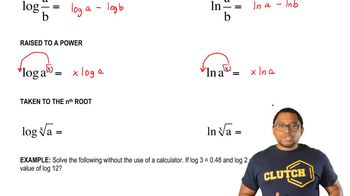Here are the essential concepts you must grasp in order to answer the question correctly.
Gene
A gene is a specific sequence of nucleotides in DNA that encodes instructions for building proteins or RNA molecules. Genes are the fundamental units of heredity and play a crucial role in determining an organism's traits. Each gene can vary in length and can be expressed in different ways, influencing various biological functions.
Recommended video:
Introduction to Translation Example 1
Chromosome
A chromosome is a long, thread-like structure made of DNA and proteins that contains many genes. Chromosomes are found in the nucleus of eukaryotic cells and are crucial for the organization and regulation of genetic material during cell division. Humans typically have 46 chromosomes, arranged in 23 pairs, which carry the genetic information inherited from both parents.
Relationship between Genes and Chromosomes
Genes and chromosomes are closely related, as genes are located on chromosomes. Each chromosome can contain hundreds to thousands of genes, and the specific arrangement of these genes on chromosomes is essential for proper genetic function and inheritance. Understanding this relationship helps clarify how traits are passed from one generation to the next.
Recommended video:
Logarithmic Relationships
 Verified step by step guidance
Verified step by step guidance Verified video answer for a similar problem:
Verified video answer for a similar problem:


 1:55m
1:55m